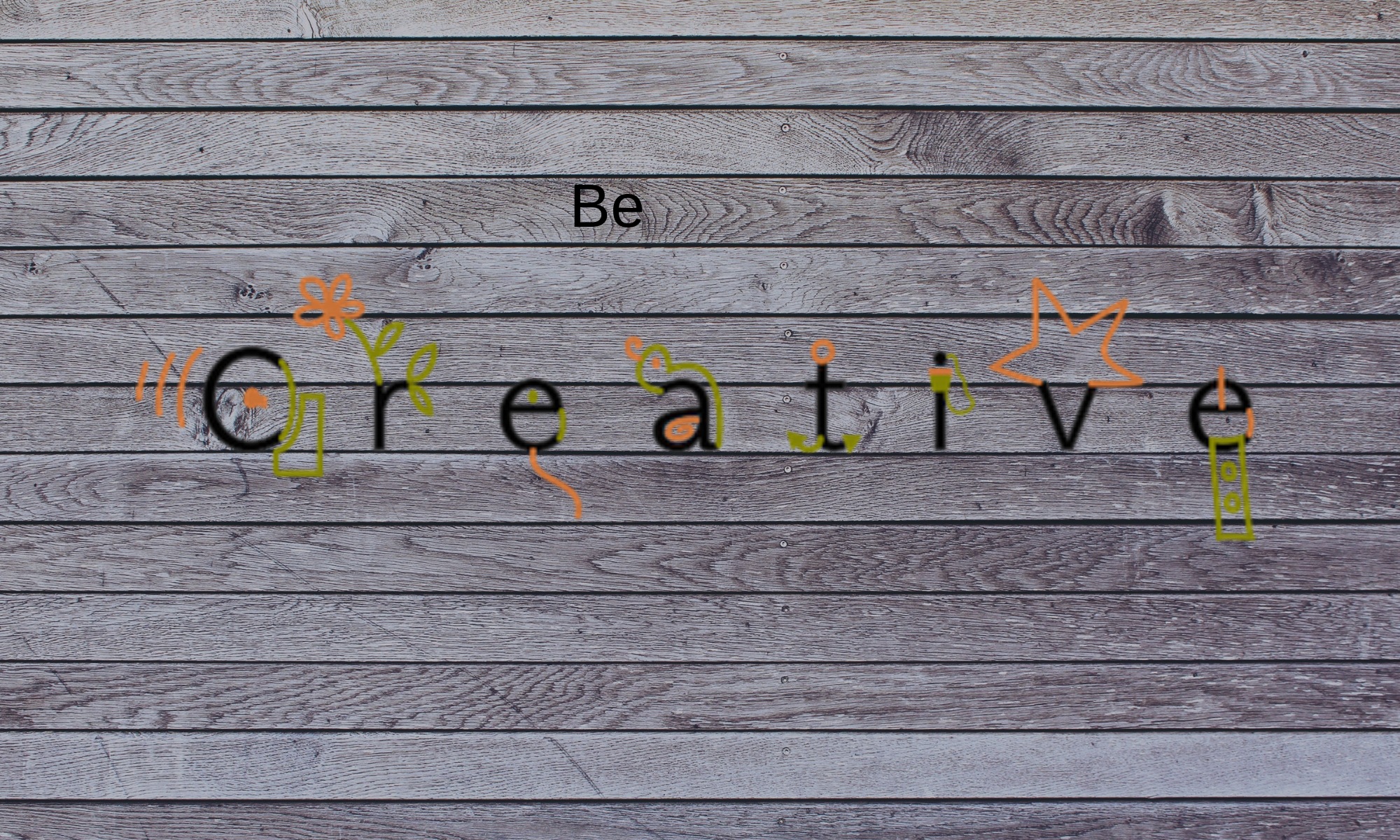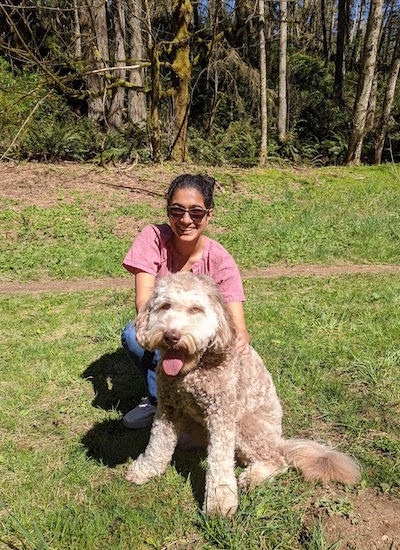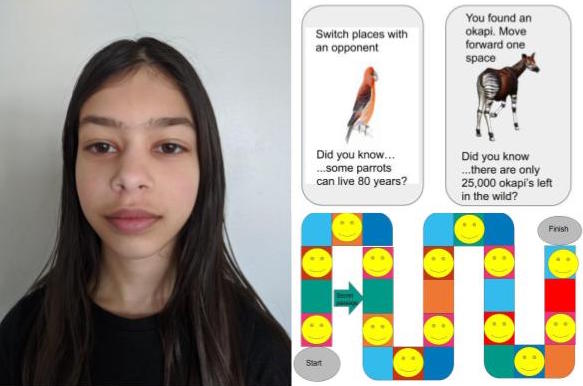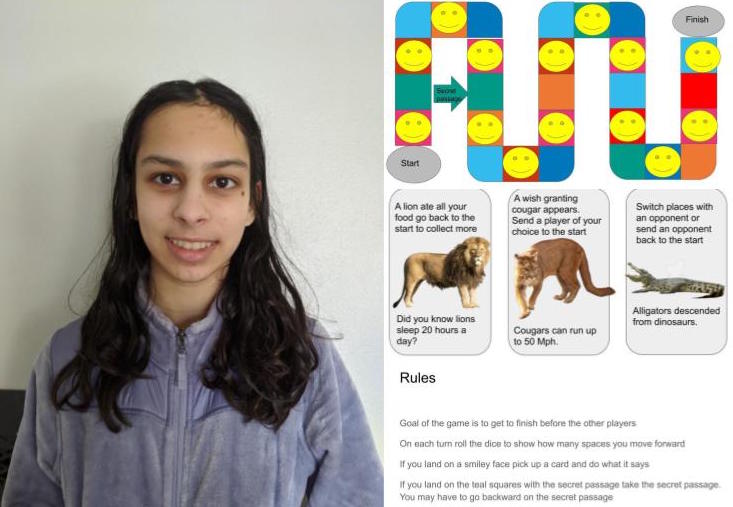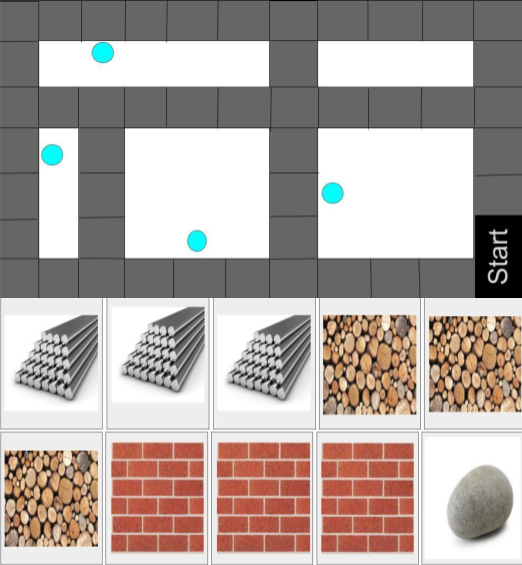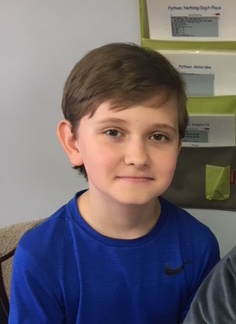Our featured student inventor is Ayana Bharadwaj, who came up with an interesting concept to make educational games more accessible. Her idea won a national level award as part of the “Student Ideas for a Better America” competition organized by the National Museum of Education.
Here is Ayana talking about her idea in more detail.
Can you tell us a little bit about yourself?
My name is Ayana and I am in 10th grade. I enjoy playing the piano and doing Taekwondo. In school, I enjoy the STEM field. I want to become a computer scientist.
What is your invention and how does it work?
My invention is a website that hosts educational board games that are easy to download, print and play for anyone. My goal was to make board games accessible for anyone in the world, so they can not only have fun but also learn in the process. These games have been designed by me and other students – it’s been fun for us to design the games and we hope that it’s fun for other children who play these games.
What inspired you to develop this invention?
I noticed that many board games we had at home were also educational in some way. That made me realize that learning for a lot of us comes not only from schools but also from other games and activities that we participate in. However, for many people in this world education is a luxury, and many parents can’t afford to send their kids to school let alone get them games to help their education. By making these games free and printable, my hope is that kids with very few resources will be able to benefit.
Did your prototype work? How was that experience?
My prototype did work. The Google Site could be easily navigated and the games on the site were well liked among the test subjects. It was rewarding to see others appreciate the effort after working hard on developing not only the site but the individual games.
What are some things you learned from your MindAntix camp that will help you in the future?
One thing I learned was the principle of Jugaad invention, or frugality. Basically, taking something that we use in our daily lives and trying to make it in the cheapest possible way, to benefit others who may not be able to afford those.
Who is your favorite inventor and why?
My favorite inventors are the Wright Brothers because flight seemed something of fantasy, but they designed a functioning glider. They also exemplify the frugal mindset – they didn’t have the same kind of money and resources as others who were working on making flying machines. Yet, they used their creativity and perseverance to be the first ones to demonstrate flight.
What kind of problems do you want to solve in the future?
I want to solve problems that make things more equitable for everyone. I want to continue finding interesting ways to make things more affordable for others.
How will you use your prize money?
I haven’t decided yet but I might use some of the money to help bring these games to students who need it most.
Congratulations Ayana for winning the award! We wish you the best in your future creative endeavors.
